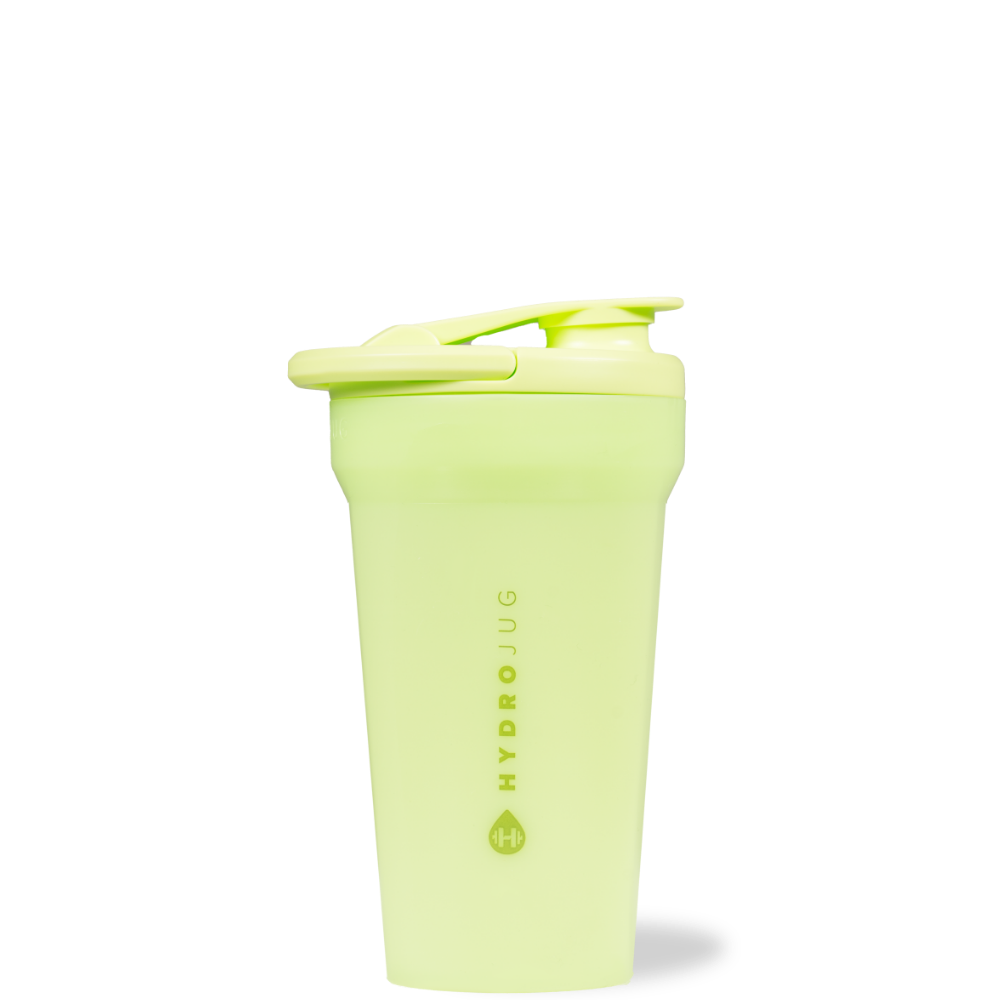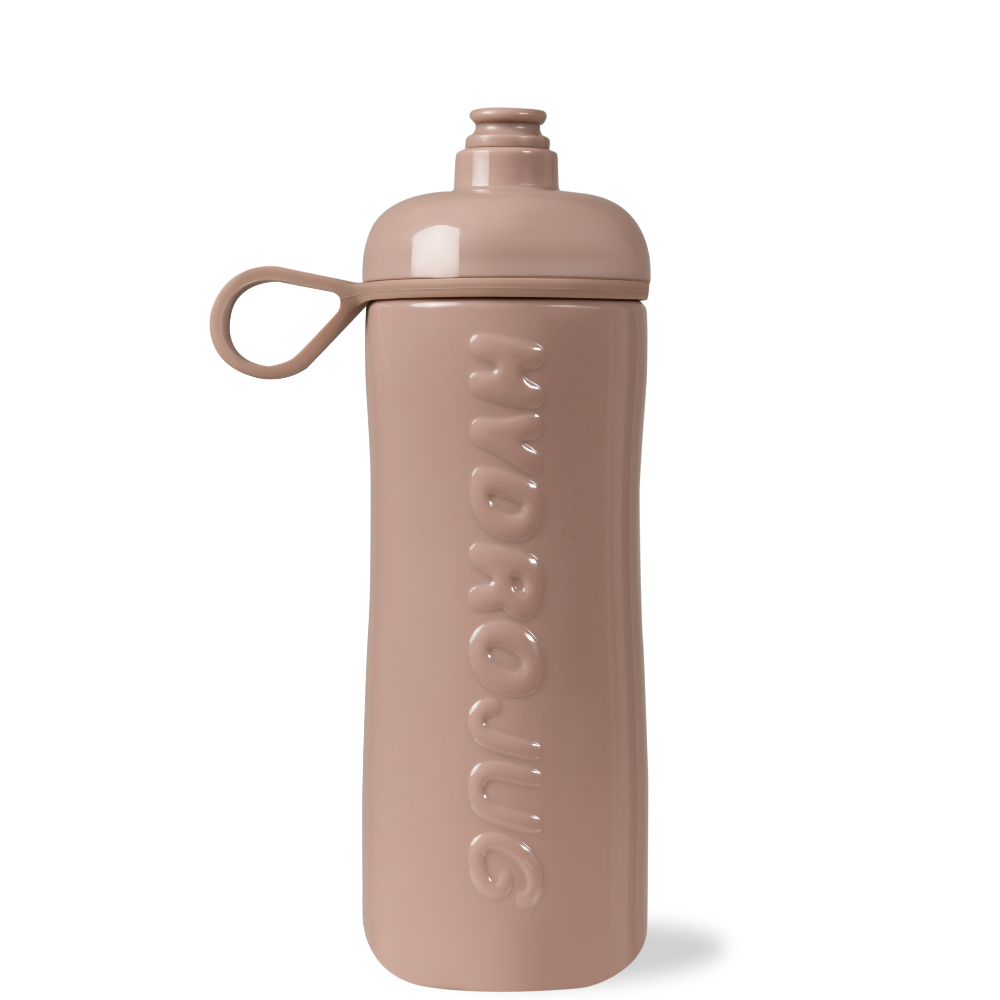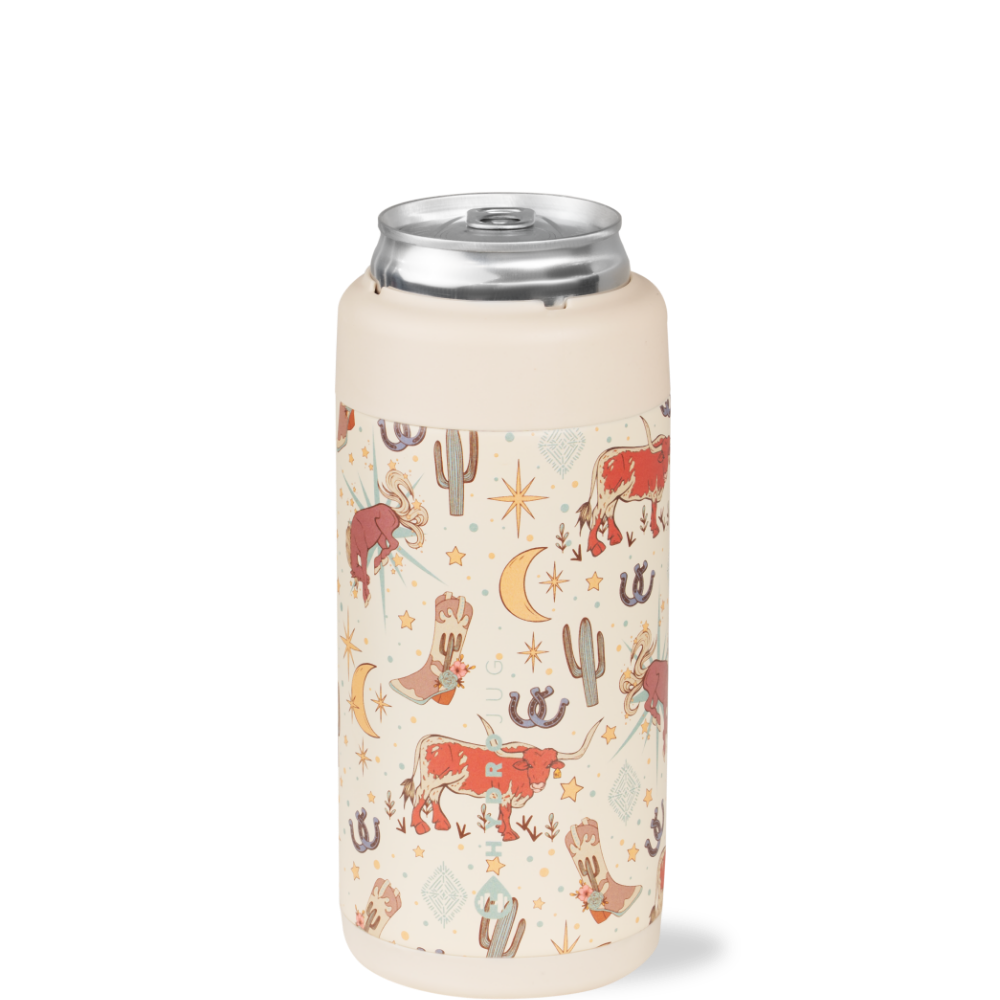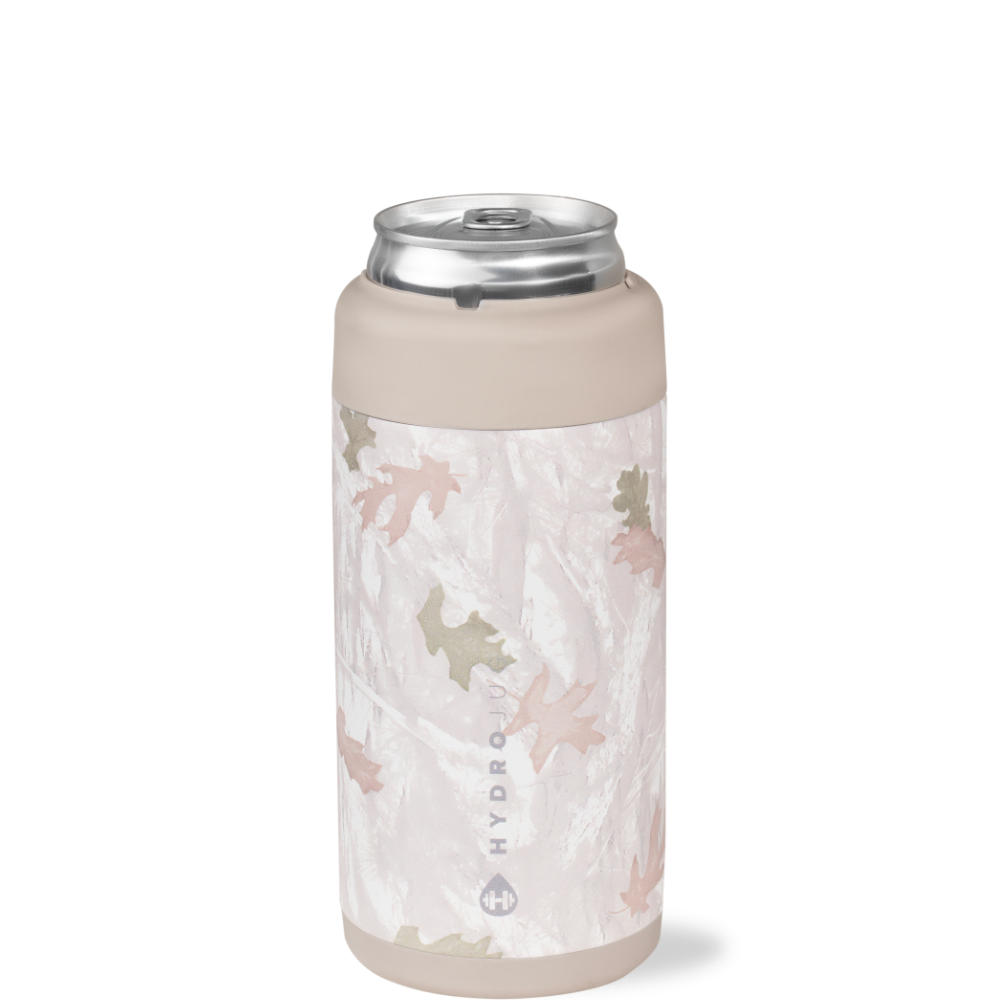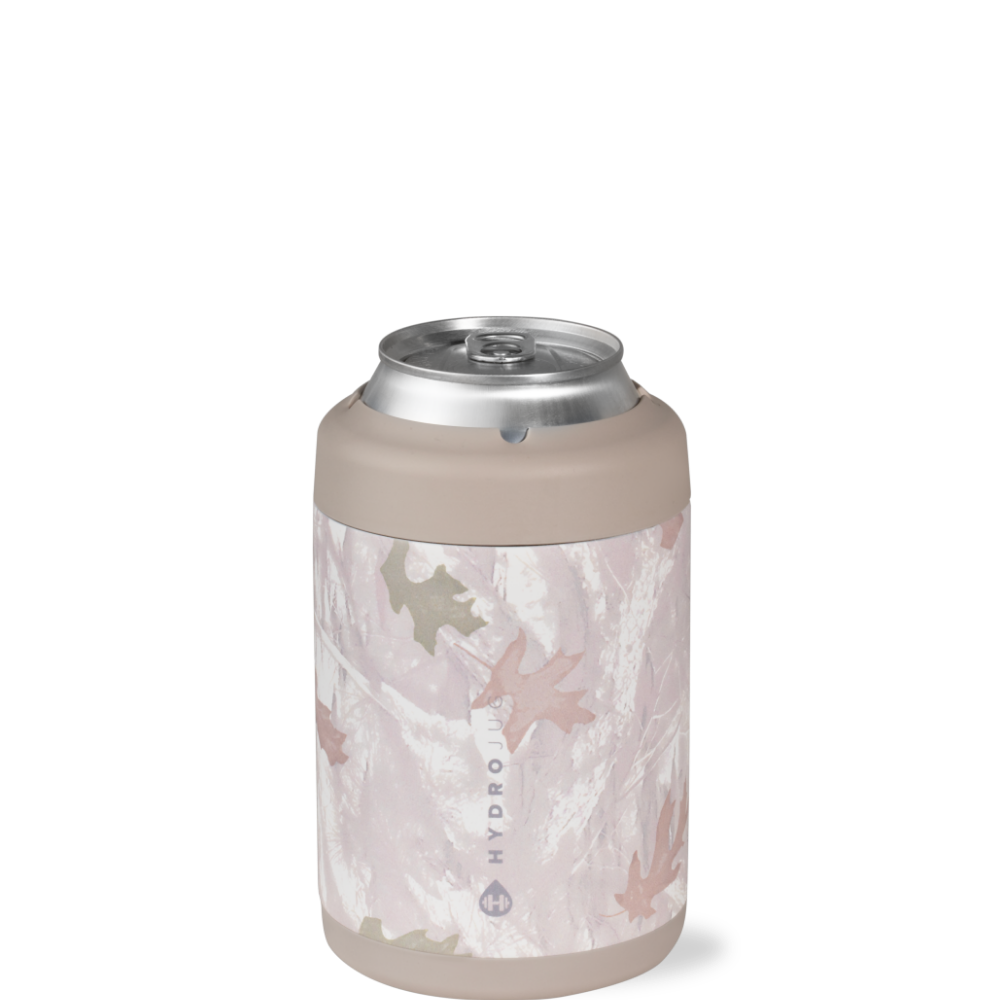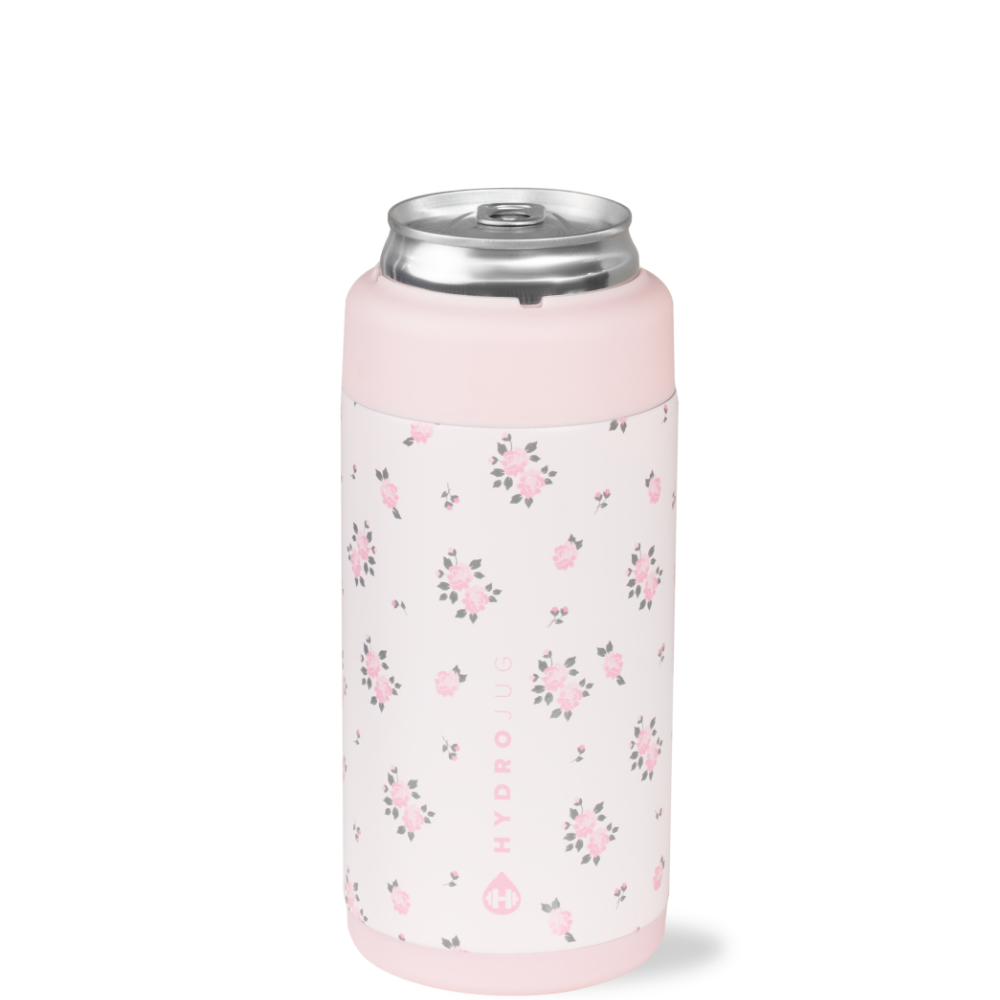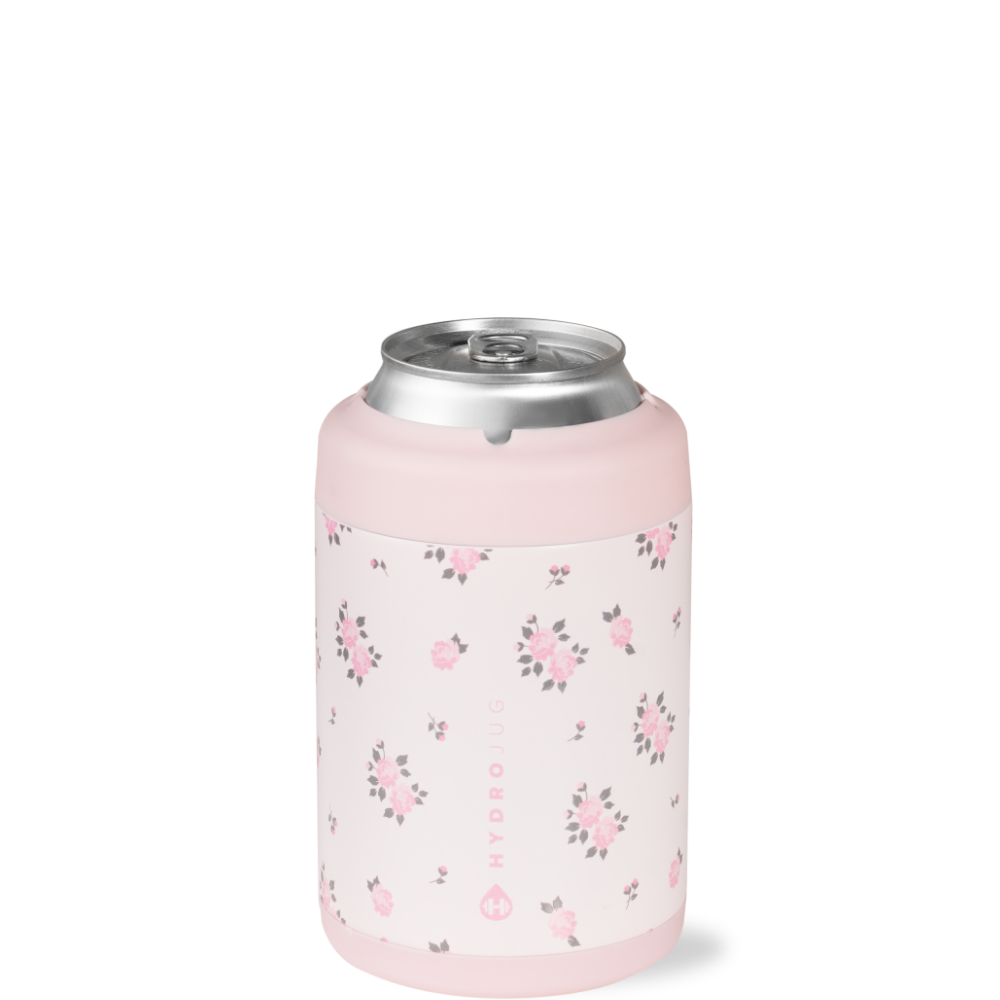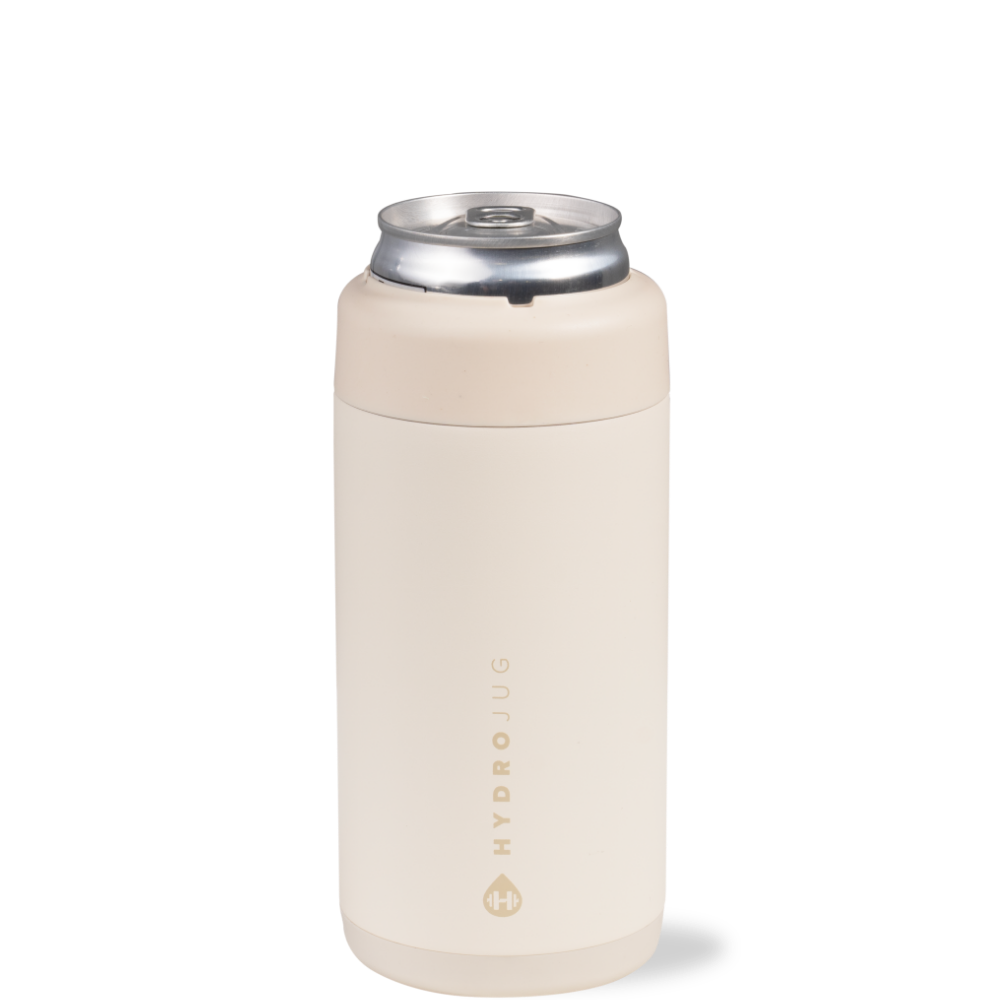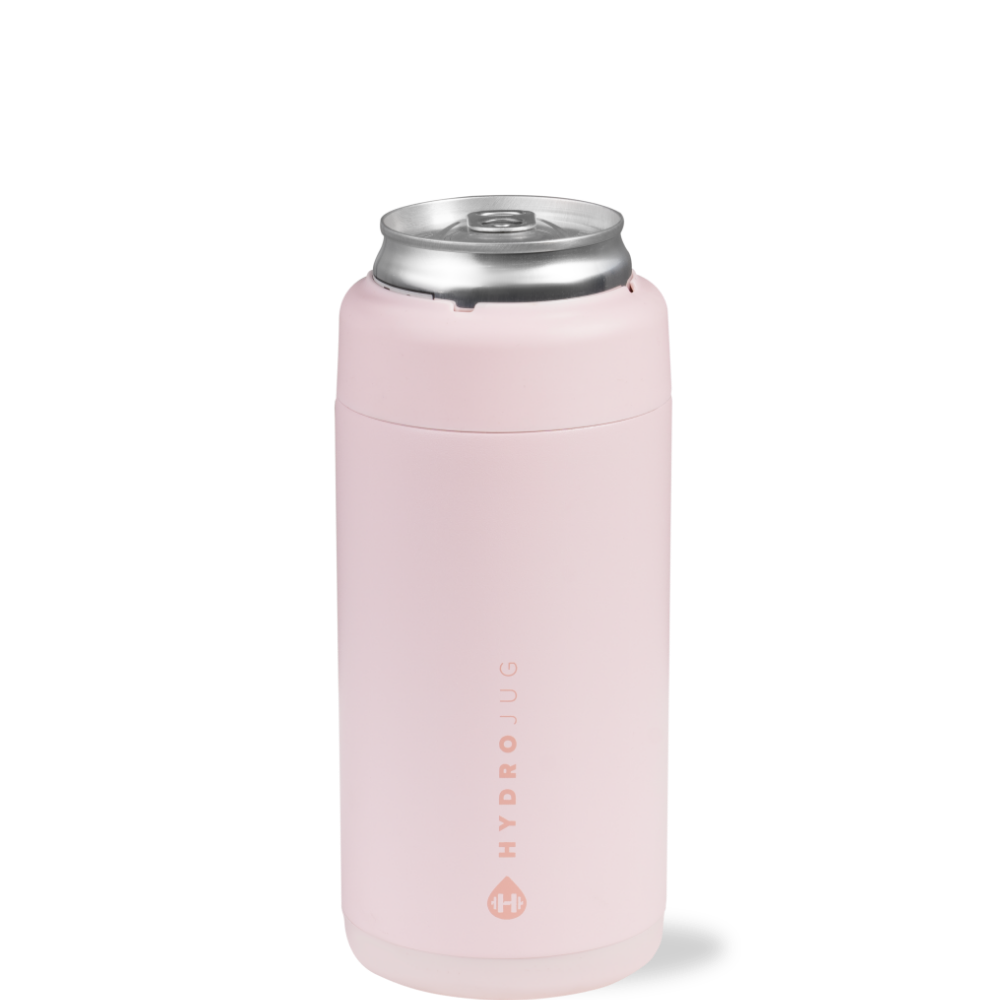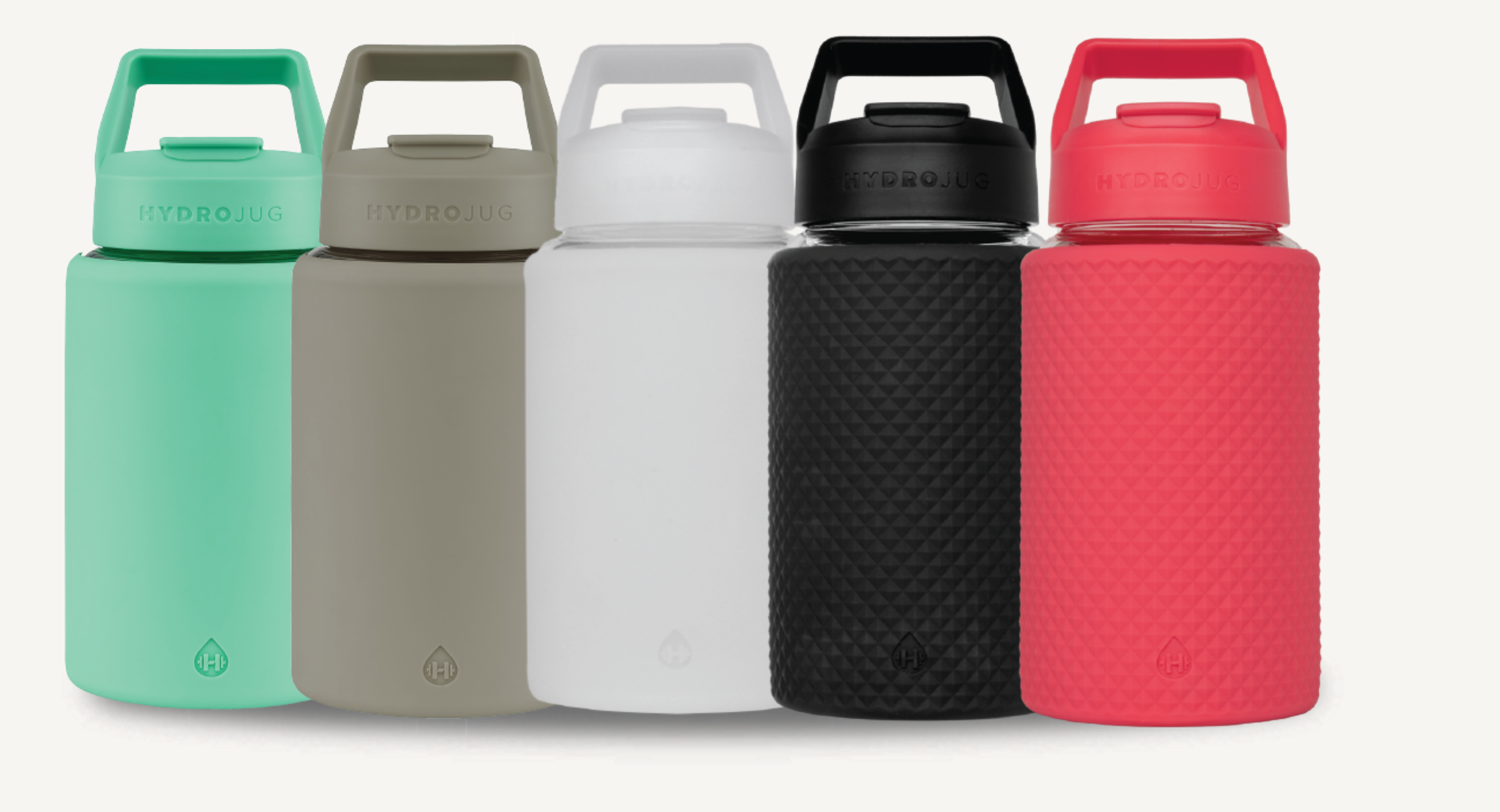
Best Water To Drink
Overall, it’s best to use tap water if you can. However, you might need bottled water occasionally if you experience problems with your tap water.
Bottled water and tap water are subject to government regulations and oversight and are often safe to drink.
Tap water is the best water to drink because it’s a better choice than bottled water as it’s less costly and doesn’t result in single-use plastic waste.
The mineral content and pH level vary between different sources and types of water; however, that doesn’t significantly affect the overall healthfulness of the water. However, high mineral contents can affect your water’s odor, appearance, and taste.
What Is the Healthiest Water to Drink?
Our bodies are made of mostly water, and we can’t survive without water. So you must drink water several times daily to stay hydrated and healthy. The human body can survive up to 3 weeks without food but can’t last more than three days without water.
Research shows that men need at least 125 ounces of water daily while women need about 91 ounces. (The difference is because men, on average, have a higher energy expenditure and more fat-free body mass). Since it’s essential to hydrate throughout the day, it’s also crucial to do so with water that’s best for your body. So, which is the best option for the human body between mineral water, spring water, and other water types?
Water is crucial, it’s not all the same. Different types of water, such as spring water, tap water, mineral water, distilled water, and alkaline water, differ in caloric intake, nutritional benefits, and price. So which is the best water to drink?
Tap water
According to the World Health Organization, this purified tap water is safe for human consumption. Before tap water reaches your faucet, it goes through many purification processes. Various purifying agents (including chlorine and ozone) kill viruses, bacteria, and other potential contaminants and pathogens in water.
While the purification process makes tap water safe for consumption, it doesn’t make it nutrient-rich. The purifying agents kill pathogens and contaminants and kill the essential natural nutrients.
Spring Water
This water comes from underground aquifers. It’s organic, natural, and free from any chemicals. However, there’s a likelihood it may have traces of arsenic, a cancer-causing agent.
Mineral Water
This water is from protected underground mineral springs. It differs from other types of water because it contains higher mineral ratios. The U.S. Food & Drug Administration (FDA) reports that mineral water should have at least 250 parts per million minerals and shouldn’t contain artificial minerals. It supplies your body with electrolytes that are crucial for hydration, and it’s an excellent source of calcium.
Alkaline Water
The pH of ordinary drinking water is 7, while the pH of alkaline water ranges from 8 to 9.5. According to scientists, it aids oxygen and blood circulation and is perfect for those with high blood sugar, high cholesterol, and high blood pressure.
However, drinking too much alkaline water can lower your pH levels, weakening your bones and immune system.
Distilled Water
This is a type of purified water that is boiled. After boiling, the steam is contained and compressed back to liquid form. Distilled water undergoes purification, removing all contaminants, such as sulfur and sodium. This is an excellent option if you live where tap water processing is unknown. Although this water is safe for consumption, purification processes also remove minerals and vitamins, causing it to lose its long-term hydrating ability. Also, it loses its taste because naturally occurring minerals and vitamins are removed.
Alkaline and mineral water are the healthiest types of water because they offer vital nutrients. However, drinking safe and uncontaminated water should be your top priority.
What Kind of Options are There Out There as Far as Water Goes?
How much water you should drink varies from person to person; however, being adequately hydrated has many health benefits, including better brain function and higher energy levels.
Unfortunately, all water isn’t equal, with some offering more health benefits than others. Here are various types of water and everything you need to know about them.
Glacier or Spring Water
This type of bottled water is bottled either from the glacier or spring. Theoretically, this water is clean and free of toxins. Also, it contains vital minerals that are found in mineral water.
However, depending on the source, this water could be raw, untested, and unfiltered, which can cause potential health risks depending on its contents.
Sparkling Water
Often referred to as soda water or carbonated water, this water is infused with carbon dioxide. As a result, this water offers a refreshing taste. However, while sparkling water contains some minerals, they aren’t adequate to benefit your health. Often, this water is more expensive than tap water and other types of bottled water.
Purified Water
Typically, groundwater or tap water is treated, removing harmful substances like fungi, parasites, and bacteria. This means that this water is safe for consumption.
Infused or Flavored Water
This is water that’s sweetened with artificial sweeteners or refined sugar. This water also contains artificial or natural flavorings. It’s a tasty substitute for plain water, making consuming it in large amounts easier.
Well Water
This water comes from the ground; it’s untreated and has potential health risks. Fortunately, you can make well water suitable for drinking by installing a filtration system to filter it and remove harmful substances.
What Minerals Do We Need in Our Water?
The World Health Organization reports that the minerals found in drinking water at high levels include:
- Calcium. This is vital for strong teeth and bones and plays a crucial role in the digestive system.
- Magnesium. Drinking water with high magnesium levels can prevent strokes and heart diseases.
- Fluoride. This mineral prevents dental caries, but excessive exposure can cause health problems like skeletal and dental fluorosis.
- Sodium. Drinking water with sodium controls blood pressure, ensures electrolyte balance, and regulates the function of nerves and muscles.
- Copper. Copper is crucial for infant growth, bone strength, and host defense mechanisms.
- Iron. It’s fundamental to good health because it aids in oxygen circulation.
- Zinc. It’s essential for DNA synthesis, growth, immunity, normal development, and sensory functions.
How Does Mineral-Rich Water Benefit Our Bodies?
Mineral-rich water has many health benefits, including:
- Improves heart health. Mineral-rich water can also lower the risk of heart disease. A study on postmenopausal women shows that drinking 0.5 to 1 liter of mineral water a day reduces bad cholesterol and triglycerides while raising good cholesterol levels. In addition, the magnesium in this mineral-rich water also benefits heart health because high levels of magnesium in water are associated with a reduced risk of dying from heart disease.
- Promotes bone health. Calcium is vital for bone health at all stages of life because it stimulates bone development and maintenance. The mineral-rich water is an excellent source of calcium. Studies show that our bodies can absorb calcium from water as effectively as from dairy products.
- Lowers blood pressure. Research shows that inadequate magnesium and calcium levels can contribute to high blood pressure, which can cause heart disease. One study associates drinking magnesium- and calcium-rich water with substantially low blood pressure levels. Since mineral-rich water is an excellent source of these beneficial minerals, drinking it can aid in lowering blood pressure levels, especially among those with elevated levels.
- Helps with constipation. Magnesium-rich water can also prevent and treat constipation. Research shows that magnesium draws water into our intestines while relaxing intestinal muscles, making it easier to pass stool.
What Water Should be Avoided?
When rain falls and seeps into the ground, it fills the crevices, porous space of aquifers, and cracks, becoming groundwater. Approximately 40% of Americans drink groundwater. Unfortunately, this type of water is polluted when contaminants—from fertilizers and pesticides to waste leached from septic systems and landfills--make their way into aquifers, making it unsafe for human consumption. Removing pollutants from groundwater is a daunting task. Thus, it’s essential to avoid drinking groundwater because it’s prone to pollution.
Surface water covers approximately 70% of the earth. This water is from freshwater sources, and it accounts for over 60% of the water used in American homes. The most recent surveys concerning water quality from the United States Environmental Protection Agency report that over 50% of American streams and rivers and approximately one-third of the lakes are polluted and unsuitable for fishing, swimming, or drinking. Nutrient pollution, including phosphates and nitrates, is the primary contaminator in many freshwater sources. Although plants need these beneficial nutrients to grow, they’re a primary pollutant because of fertilizer runoff and farm waste.
80% of ocean pollution occurs on land—whether far inland or along the coast. Contaminants like unsuitable nutrients, heavy metals, and chemicals are carried from factories, farms, industries, and cities by rivers and streams into our estuaries and bays, where they’re washed into the ocean. Oil spills and leaks also pollute our seas and oceans.
Thus, avoid drinking groundwater, surface water, and ocean water because these waters are polluted and contaminated and unsafe for human consumption.
How Does Pollution Occur in the Water Industry?
Things are pretty bad in the water industry regarding plastic water bottle pollution. For instance, Americans buy approximately 29 billion plastic water bottles a year. That causes a massive pollution problem because water bottles don’t biodegrade. Instead, they photodegrade, which means it takes nearly 1,000 years for a single plastic bottle to decompose, leaking pollutants into water and soil along the way.
As a result, United States landfills are filled with over 2 million tons of discarded plastic water bottles. And since plastics are produced using fossil fuels, they’re a substantial environmental hazard and cause a massive waste of valuable resources.
Here are other ways the water industry contributes to the environmental pollution:
- Every day, Americans throw over 60 million plastic water bottles, which often end up in landfills or litter in the parks, streets, and waterways.
- Americans discard over 35 billion empty water bottles every year, and only 12% are recycled.
- Research shows that toxins from decomposing water bottles leach into the soil and water, causing various health problems, including cancer and reproductive issues.
To reduce plastic water bottle pollution:
- Discard your habit of buying plastic water bottles for good! Instead of buying single-use plastic water bottles, invest in reusable stainless steel water bottles to protect the environment.
- Buy a water filler to keep in your refrigerator to refill your reusable water bottle every morning.
- Recycle. When you buy single-use water bottles, ensure you recycle them. Also, when you come across an empty and used water bottle in the streets or parks, pick it up and recycle it.
- Use water fountains. Install a water fountain in your office so that you and your colleagues can refill reusable water bottles easily.
What Is a Good pH for Water?
According to the U.S. Environmental Protection Agency (EPA), the best pH level of water sources should range between 6.5 and 8 on a scale ranging from 0 to 14. Therefore, the best pH for drinking water is 7. Water with a pH level outside of this suggestion contains heavy and toxic metals or chemicals because of a higher pH level.
Water with a high acidity level hasn’t undergone proper filtration measures. Still, it has pollutants like chemicals and pesticides that harm your health and make it unsafe for consumption. Outdated water systems and pipes, especially those made from old materials such as lead and copper, can also make the water acidic. Regular water with a pH level below 7 is likely to have an odor and not taste as good as water that’s safe to drink.
Typically, freshwater pH varies depending on human activity, the weather, and other natural reasons. However, UCLA Health reports a significant risk in drinking acidic water with a pH lower than 6.5. This water may erode pipes, causing exposure to heavy and toxic metals like copper, lead, and magnesium. Regarding alkalinity, even water with a pH level above 8.5 is still safe for human consumption but can sometimes have a bitter taste and cause skin problems.
Thus, it’s essential to ensure the water you drink has a pH level between 6.5 and 8 and avoid high acidity or alkalinity water.
How Can I Determine What the Best Water to Drink Is?
Grocery and supermarket shelves are packed with many types of water. But not every beverage that bills itself as water is good for your health.
Many drinks billed as water are often loaded with calories and sugar. Even though these drinks are labeled water, drinking them can cause weight gain, increasing your risk of obesity.
So how can you determine which water is best for drinking and which are just sugary drinks?
- Check the calories. Regular water has zero calories. Always look at the packaging label to ensure if the so-called water has calories. If it has calories, check the serving size and do your calculations. Many bottled beverages have two or more servings, which add approximately 300 to 500 calories.
- Check the sugar content. Some so-called water options are made with fruit juice, sugar, and other sweeteners. So, check the total sugar and carbohydrates content on the nutrition label. Your water is only good if the total sugars and carbohydrates are 0.0 grams.
- Don’t be fooled by added minerals, vitamins, or fiber. Once in a while, it’s okay to drink a drink with added minerals, fiber, or vitamins. However, beverage manufacturers often advertise these essential nutrients to trick you into thinking a drink is healthy—and make you ignore the unhealthy ingredients in the drink, such as calories, carbohydrates, and sugar.
- Go for filtered tap water if possible. Try to consume at least eight glasses of regular water a day. Your body needs a lot of water to function properly and stay hydrated.
Does Filtering Tap Water Make it Safer?
Some people install water filters in their homes to make tap water safe for drinking. There are four main types of water filters:
- Activated carbon filters remove particular organic contaminants and pollutants that affect the odor and taste of tap water. Some filtration systems also remove solvents, pesticides, chlorination by-products, or heavy or toxic metals such as lead or copper.
- Ion exchange systems with activated alumina remove minerals like magnesium and calcium, which harden water. This filtration method is often used alongside other techniques, including reverse osmosis and carbon absorption.
- Reverse osmosis systems with carbon remove sodium, nitrates, pesticides, chlorine, fluoride, and petrochemicals.
- Distillation systems boil water and then condense the steam, resulting in distilled water.
No one water filtration system can remove all the contaminants from the water. So, if you choose to install a water filter system, have your tap water tested by a certified laboratory first to determine what’s in your water.
Also, it’s crucial to note that installing a home filter won’t protect you from water that has been declared unsafe for human consumption. Plus, not all home filters make tap water safe for drinking. Some water filtration units are only meant to improve the taste of water, not water quality.
Does Filtering Water Take Out the Minerals?
Reverse osmosis water filtration is one of the most prominent filters used in commercial and residential settings.
A semi-permeable reverse osmosis membrane at the heart of a reverse osmosis unit removes various water ingredients, such as beneficial minerals. Also, reverse osmosis water filters are multi-stage units, increasing their ability to remove contaminants from water.
Often, reverse osmosis water is slightly acidic and less palatable because of the reverse osmosis system’s superior ability to remove contaminants from water. However, most reverse osmosis units add a remineralizer filter in the final stage of the filtration process to avoid taking out essential minerals from water.
Ceramic and activated carbon water filters don’t take out beneficial minerals from water. So, these water filtration methods retain essential minerals in your water while eliminating dangerous contaminants.
Generally, activated carbon water filters are perfect for removing water contaminants attracted to carbon. This process is referred to as adsorption, and it occurs because carbon has a greater affinity to the contaminant than water.
Carbon filters often remove THMs, chlorine, and VOCs, not salts, minerals, and heavy metals from water. Thus, contaminants that aren’t attracted to carbon, including beneficial minerals, aren’t removed by this filtration process.
How Should I Filter My Water?
An excellent way to ensure you’re drinking the best, healthy water is filtering it. Although you can buy bottled water that’s already filtered, you can also filter your water at home. The method you decide to use—and there are many—will largely depend on your:
- Budget
- Water quality goals
- Desired effort
This section will discuss various DIY water filtration methods you can use to filter your water at home.
Boil Your Water
Boiling your water for at least 1 minute can make it safe for drinking. However, boil it for at least three minutes if you live above 6,500 feet above sea level.
Use Drops or Tablets
Some standard water disinfecting or purification drops and tablets include:
- Chlorine dioxide
- Sodium dichloroisocyanurate
- Tetraglycine hydroperiodide
- Iodine
To use these tablets or drops, follow the instructions on the package and add the drops and tablets into your water to filter it and allow them to sit for the directed period.
UV Treatment
Here, you allow UV sunlight to shine through your water and purify it. This destroys the DNA of germs, filtering your water by removing bacteria, viruses, and other dangerous microorganisms.
Adding lime juice can also speed up the solar treatment filtration process.
Use Travel-Size Sediments Filters
These store-bought sediment filters can remove bacteria and germs from natural water. Depending on the brand, you can use these filters once or multiple times.
They are available in various forms, including:
- A water bottle or filtering straw
- A hand-pump machine
- A filtering water pitcher
- Squeezable pouch water filters
Use Fruit Peel Filters
People also use fruit peel filters, including apple peels, to filter their water, especially in remote places that rely on contaminated water for daily needs.
You can also adopt this method to filter your water. However, this water filtration method might not be effective because there isn’t enough research to support the effectiveness of this DIY method.
When traditional water filters are unavailable, you have many other DIY options readily available to filter your water, including purification tablets and drops, fruit peel filters, and UV treatment.
How Can I Stay Hydrated with Hydrojug This Summer?
Summer is a season of scorching sun and sweat. You spend most of your time outdoors soaking up the sun or hiking your heart out during this time. With so much outdoor activity and movement throughout your summer schedule, most likely, you’re looking for effective ways to stay hydrated all summer. That’s where cute water bottles come in handy. They make it easy for you to carry water wherever you go and hydrate throughout the day.
Do you need a little inspiration to achieve your fitness goals and stay well-hydrated this summer? Then what you need is a water bottle or jug from HydroJug. If you live an active and healthy lifestyle and make staying fit a part of your everyday routine, then you’ll love HydroJug. HydroJug makes it easier and more convenient for health-conscious people to drink more water throughout the day.
With Hydrojug, you can reduce the time it takes to refill your water bottle constantly during your workouts. That is because HydroJug holds half or a gallon of water. Also, you can easily customize your HydroJug with colorful sleeves that have convenient pockets to carry essentials, such as your smartphone. Click here to learn more about buying the best stainless steel water bottles.
Glass water bottles can also help you stay hydrated throughout the summer. A glass water bottle offers a refreshing drink more than a regular plastic bottle. In addition, it has fewer potential disadvantages, such as unwanted BPAs. Glass water bottles are also made from friendly and food-grade materials, offering a pure drinking experience.
















